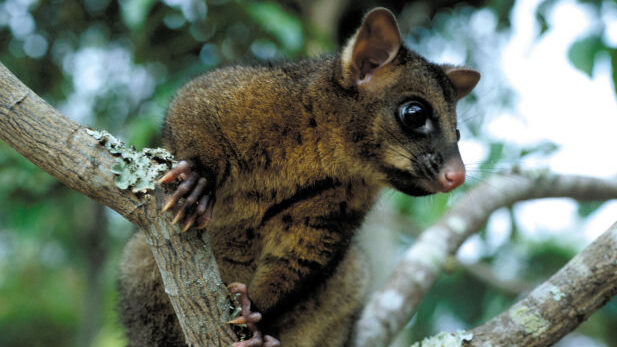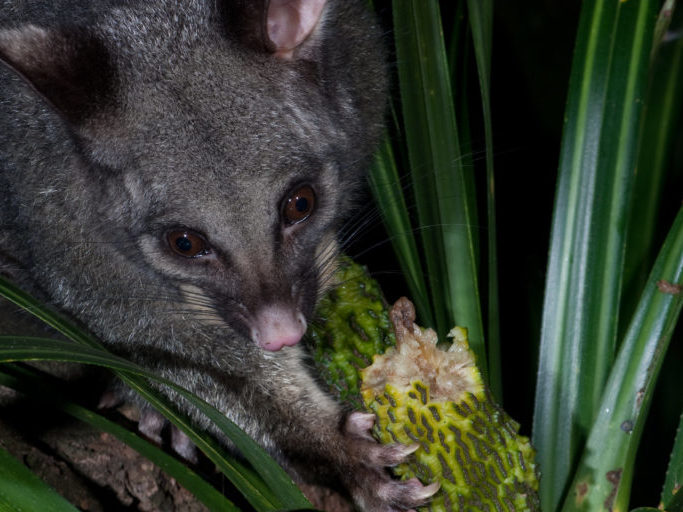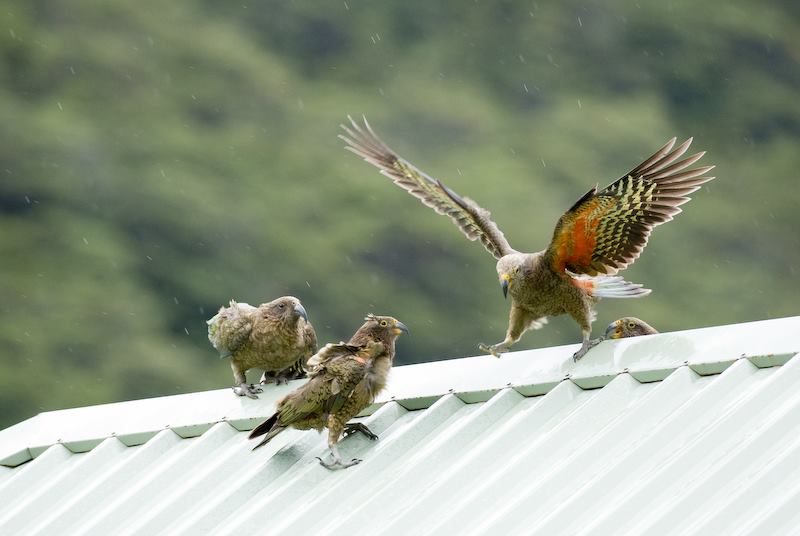Rest assured, New Zealand’s scientific community are beavering away to find new and better ways to combat possums. These are just a few of the research reports investigating possum control recently published in the New Zealand Journal of Ecology.

Firstly a poison bait evaluation was carried out in a joint project by researchers from Connovation Ltd (Manukau), the Centre for Wildlife Management and Conservation (Lincoln University) and the Cawthron Institute (Nelson). Lee Shapiro et al evaluated how microencapsulated zinc phosphide (MZP) paste (1.5% w/w nominal conc.) performed in both a captive study and a field study at six North Island sites.
Contractors using the MZP paste at the field sites were able to use the ground control technique they preferred and initially pre-fed a non-toxic paste over a 2-week period, using 200-320g/Ha. The pre-feed was then replaced with toxic bait.

In the captive study, 14 out of the 16 possums (87.5%) fed MZP paste died. Death on average occurred in less than three hours (165.4 minutes) from the time they first ate the bait. A similar result occurred in the field with an average decline in possum abundance at the field sites of 82.2%. The researchers conclude that: “This trial demonstrates that experienced contractors can get good kills using MZP and a refinement of best practice techniques could further improve control efficacy.”
The full report is freely available from the New Zealand Journal of Ecology: Early field experience with microencapsulated zinc phosphide paste for possum ground control in New Zealand (2016)
In a second research report – also published this year by the New Zealand Journal of Ecology – Helen Blackie et al carried out pen and small scale field trials on a new toxin delivery device designed to attract and control possums with minimal input and maintenance. The possum-specific device dispenses a small measured dose of palatable gel containing zinc phosphide (Zn3P2) onto the possum’s abdomen. The possum then grooms its fur, ingesting the lethal toxin.
The new, long-life, resetting toxin delivery system is possum-specific , robust, lightweight and can control 100 possums before needing to be serviced. Initial trials with non-toxic paste determined that the abdomen was the best location to ensure successful grooming and ingestion. In the pen trials of the toxic gel, eight out of nine possums (89%)) groomed the gel from their fur, ingested it and died.
This new toxin delivery system is potentially more humane than sodium fluoroacetate, cholecalciferol or brodifacoum, which are currently used in possum control as average time to death following ingestion in the pen trials was a comparatively short 4.6 hours.
In the associated small field trial, 11 devices were deployed at 100m intervals at an 11 Ha mountain beech forest site. Ten possums in the same area were collared with VHF mortality sensors. The fate of 9 individuals is known – 8 of the 9 were killed within a short time of interacting with the toxin delivery devices.
The full report is freely available from the New Zealand Journal of Ecology: A novel device for controlling brushtail possums (Trichosurus vulpecula) (2016)
Finally, Phil Cowan and Lynn Booth (Landcare Research, Lincoln) and Michelle Crowell (DOC Science and Policy Group, Christchurch) reviewed various bait repellents with the potential to protect native birds – particularly kea – when aerial application of cereal baits is used to target possums and rats.
Some of the issues with bird repellents that can, potentially, be added to cereal baits are poor stability in bait (d-pulegone) and the fact that some bird repellents also deter uptake in the target animal (anthraquinone reduces bait uptake by rats for example). The researchers therefore reviewed what some alternative options might be.
Some constraints were encountered in the amount of research information currently available. The total prevention of feeding is the main aim for native bird protection, but much of the information reviewed by the researchers related to repellents used to protect crops from birds. In this situation, the repellent is used to reduce feeding on the crop to minimise economic impact and the repellent may not stop feeding completely.

In addition, because the compounds were designed to deter birds from crops, the reviewers also encountered a lack of information on how rats and possums responded to the repellents. Potentially they could also be deterred by the repellents.
Possible repellents identified for review were cinnamamide, tannic acid, caffeine, garlic oil, ortho-aminoacetophenone, and thiram. They were evaluated for their potential to repel birds from eating cereal baits without affecting the efficacy of the bait for possums and rats.
The reviewers concluded that: “Cinnamamide, caffeine, and thiram, while effective as bird repellents, are likely to be repellent to rats at concentrations suitable for use with native birds, including kea. The little information found suggested that garlic oil was repellent to birds; it has not been formally tested on possums and rats, but anecdotal evidence did not suggest strong aversion. Ortho-aminoacetophenone appears effective as a bird repellent, but its repellency for possums and rats requires clarification. Tannic acid has some efficacy as a bird repellent, and is not repellent to possums and rats at lower concentrations.”
One aim of the review was to assist with decision-making in determining directions for future research. The reviewers’ recommendations are that: “In order from most to least promising, tannic acid, ortho-aminoacetophenone, and garlic oil are worthy of further investigation. Because each compound has demonstrated some efficacy as a bird repellent, initial testing should focus on screening against possums and rats.”
The full review is freely available: Repellents with potential to protect kea and other native birds from aerial poisoning for possum and rat control (2016)

